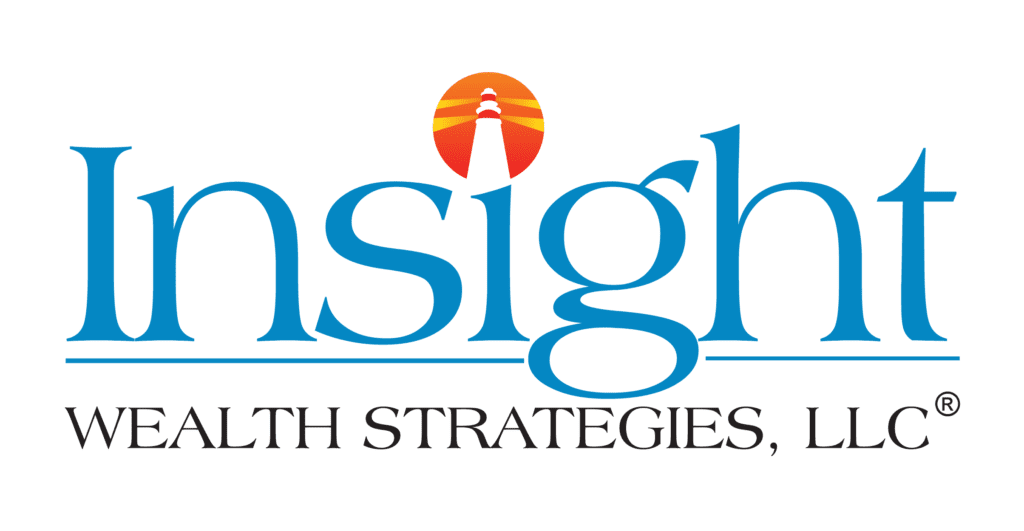2023 Year End Tax Tips
As we reach the end of 2023, there are many considerations that should be reviewed for you to take full advantage of what’s available to help reduce your tax burden. Here are a few tips to wrap up the year on a financially responsible note:
Maximize Retirement Contributions
If you can, try to max out your contributions to retirement accounts like 401(k)s IRAs. It not only helps secure your future but can also provide some nice tax deductions. If your employer offers a 401(k) or similar plan, contribute the maximum amount allowed. For 2023, the annual limit for 401(k) contributions is $22,500, with an additional catch-up contribution of $7,500 for those aged 50 and older(1). If your employer offers a matching contribution to your 401(k), contribute enough to maximize this match. It’s essentially free money and an immediate return on your investment.
If you don’t have access to an employer 401(k), consider contributing to traditional IRAs or Roth IRAs. The annual contribution limit for both is $6,500, with an additional $1,000 catch-up contribution for those aged 50 and older (2).
Check Your Withholdings
Ensure that your tax withholdings are in line with your actual tax liability. Adjustments might be necessary based on any major life changes, like getting married, having a child, or buying a home. It is also a good idea to review your withholdings throughout the year, as salary adjustments and bonuses occur. The W-4 form determines the amount of federal income tax withheld from your paycheck. Review and update your W-4 with your employer if you want to adjust your withholdings. You can increase the number of allowances, which reduces the amount of tax withheld.
Be aware of tax credits that you may be eligible for, such as the Child Tax Credit, Earned Income Tax Credit, or education-related credits. These can directly reduce your tax liability, potentially allowing you to adjust your withholdings. You should also consider any other potential deductions or credits you may qualify for, such as the Child and Dependent Care Credit or the Lifetime Learning Credit. These can impact your overall tax situation.
Harvest Your Losses
Consider selling investments that are at a loss to offset gains you may have incurred during the year. Capital gains and losses occur when you sell investments like stocks, bonds, or real estate. If you sell an investment for more than you paid, you have a capital gain. If you sell for less than you paid, you have a capital loss. Look at your investment portfolio and identify any investments that have experienced a loss. If you have capital gains from other investments, you can sell the losing investments to offset the gains.
Capital losses are categorized as either short-term (held for one year or less) or long-term (held for more than one year). You can use either type of loss to offset corresponding gains. If your capital losses exceed your capital gains, you can use the remaining losses to offset up to $3,000 of other income ($1,500 if married filing separately) (3). Any excess losses beyond this limit can be carried forward to future years.
Please remember that the IRS has “wash sale” rules to prevent people from selling investments at a loss for tax purposes and then immediately buying them back. If you buy a substantially identical investment within 30 days before or after the sale, the loss may be disallowed. Be aware of these rules when harvesting losses.
Charitable Contributions
If you’re feeling generous, make your charitable donations before the year ends. You can get a deduction for your contributions. Research charities to ensure they align with your values and goals. Look for organizations that have a strong track record of using donations efficiently, with a high percentage of funds going directly to their programs. If you typically make smaller annual donations, consider bundling your contributions in a single tax year. This way, you may exceed the standard deduction threshold, making it more advantageous to itemize deductions for that year.
You can also establish a Donor-Advised Fund which allows you to make a charitable contribution, receive an immediate tax deduction, and then recommend grants from the fund to specific charities over time. It provides flexibility in timing your donations. Remember to Maintain thorough records of your charitable contributions, including receipts and acknowledgment letters from the organizations. These records are crucial when claiming deductions on your tax return.
Health Savings Accounts (HSAs)
Max out your contributions to HSAs if you have one. The money goes in tax-free and can be used for qualified medical expenses. Contribute the maximum allowable amount to your HSA in 2023. The annual contribution limits for 2023 are $3,850 for individuals and $7,750 for families(4). If you are 55 or older, take advantage of catch-up contributions. The catch-up contribution limit for 2023 is an additional $1,000. Remember to verify these limits, as they may be adjusted annually.
If your employer offers contributions to your HSA, take full advantage of this benefit. Employer contributions are a valuable addition to your HSA balance. If your HSA allows it and you have a sufficiently funded emergency fund, consider investing your HSA funds. This can potentially help your account grow over time, providing more resources for future healthcare expenses. You should also stay informed about HSA rules and regulations, especially any changes that may have occurred since the last revision. Understand what qualifies as a qualified medical expense and the tax implications of HSA withdrawals. Finally, keep detailed records of your medical expenses and save receipts. Even if you pay for these expenses out of pocket, you can reimburse yourself from your HSA at any time, as long as the expenses occurred after your HSA was established.
Small Business Deductions
If you’re a small business owner, be sure to take advantage of any eligible deductions. It can make a significant difference. You should familiarize yourself with the IRS guidelines on deductible business expenses. Common deductions include office supplies, travel expenses, business meals, home office expenses, and certain types of equipment. If you use a portion of your home exclusively for business purposes, you may be eligible for the home office deduction. Calculate the percentage of your home used for business and apply it to related expenses like mortgage interest, utilities, and insurance. It is important to maintain detailed and organized records of all business expenses. Use accounting software or a dedicated system to track receipts, invoices, and other relevant documentation.
As a business owner, you should contribute to a tax-advantaged retirement plan for small businesses, such as a Simplified Employee Pension (SEP) IRA or a Solo 401(k). Contributions are tax-deductible and can lower your taxable income. Finally, you may be able to deduct the cost of health insurance premiums for yourself, your spouse, and dependents. This deduction can also include long-term care insurance.
Remember, these are just general tips and tax laws can be complex and subject to change. Before implementing any advanced strategies, consult with a tax professional or financial advisor to ensure you’re maximizing these strategies within the current legal framework.
Written by,

Andre Paiva
Andre joined Insight Wealth Strategies in 2018 and works as an Associate Advisor on our Advisory team creating financial plans and implementing investment management strategies for our clients. He holds a Bachelor’s degree in Business Management from University of Phoenix, he has previously passed his Series 7 and 66 licenses as well as CA life and health insurance, and is a notary public.
Want to read more articles by Andre?
Insight Wealth Strategies, LLC is a Registered Investment Adviser. Advisory services are only offered to clients or prospective clients where Insight Wealth Strategies, LLC and its representatives are properly licensed or exempt from licensure. Past performance is no guarantee of future returns. Investing involves risk and possible loss of principal capital. No advice may be rendered by Insight Wealth Strategies, LLC unless a client service agreement is in place.
Insight Wealth Strategies, LLC (IWS) and its affiliates do not provide tax, legal or accounting advice. This material has been prepared for informational purposes only, and is not intended to provide, and should not be relied on for, tax, legal or accounting advice. You should consult your own tax, legal and accounting advisors before engaging in any transaction.
- https://www.irs.gov/newsroom/401k-limit-increases-to-22500-for-2023-ira-limit-rises-to-6500
- https://www.irs.gov/retirement-plans/plan-participant-employee/retirement-topics-catch-up-contributions
- https://www.schwab.com/learn/story/how-to-cut-your-tax-bill-with-tax-loss-harvesting
- https://www.fidelity.com/learning-center/smart-money/hsa-contribution-limits




